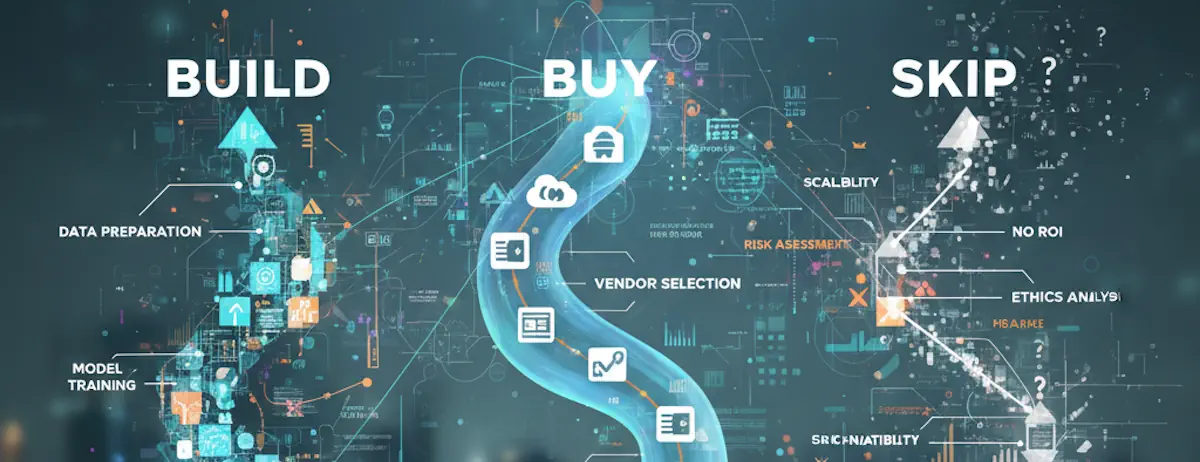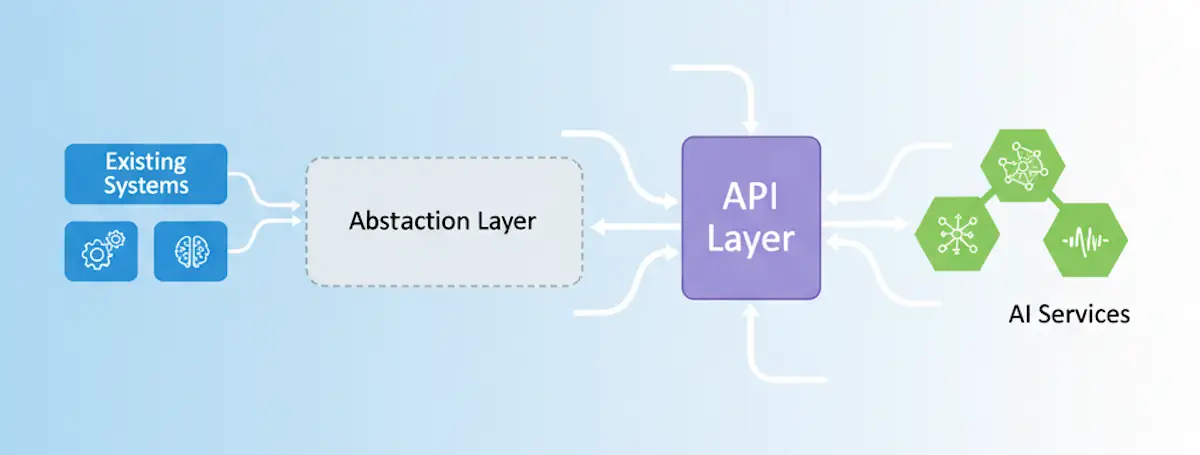
Given the time and expense associated with implementing a large-scale solution, it’s worth considering whether building small programs around specific problems and then scaling up is the right approach for your organization.
EXCERPT:
After probing a bit, we found that while the client was clearly excited about the program’s features and technological capabilities, they hadn’t yet identified the problem they were trying to solve. Moreover, they had no plan for what they would actually do with the data and insights.
[…]
Starting small provides some real benefits if done correctly, because the organization can find its analytical footing and learn what it needs from a technology, data, management and talent standpoint to drive business impact.
In Williams and Petti’s post, they provide five important questions to ask when evaluating an analytic solution. Those questions, and my insights are provided below.
1. Does your organization effectively use existing data and insights?
I love this question as it lays the groundwork to whether there’s a lack of current data or a lack of interest in current data. No amount of money or shiny graphs can force an organization to take an active stance regarding metrics.
2. What is the organization doing with the insights it has already produced?
If your organization is simply collecting data… to say it’s collecting data, then it’s a waste. In a past job, we collected massive amounts of data as our customers used various systems–times of days, duration, types of tasks and how they faired vs. their cohorts.
It wasn’t until we started digging in, cubing, analyzing, and applying those factors to our development did we start to transform the data into information.
3. What specific business problems would the solution solve today?
Another VERY important question–what’s the ROI for implementation? So many times, when working with customers, they want ““all the answers via analytics,”” but don’t know what questions they’re trying to answer.
A dashboard full of numbers and charts doesn’t actually provide any insight without context and tends to cause cases where correlation and causation collide due to inexperience with the data and trends.
When determining KPIs (and baselines) ahead of time, you may find out that you already have all the data you need and a more advanced solution is unnecessary.
4. Do you know how the analytics program will solve your business problems?
A determination of whether or not you (and your team) are in place to act on the data provided by any analytics determines how functional that data really is. If you cannot engage with the data, promote change, or make the necessary development changes to be productive, then the data–and the answers–lose a great deal of value.
5. Who is going to use the new solution?
A mass dump of new data sources, metrics, and requirements can be overwhelming. Ensure that the audience of these new data sources understands what they’re looking at AND has the time/resources to properly interpret and apply the indicators.
Read Williams and Petti’s insight to these questions and their research in the referenced article below.








